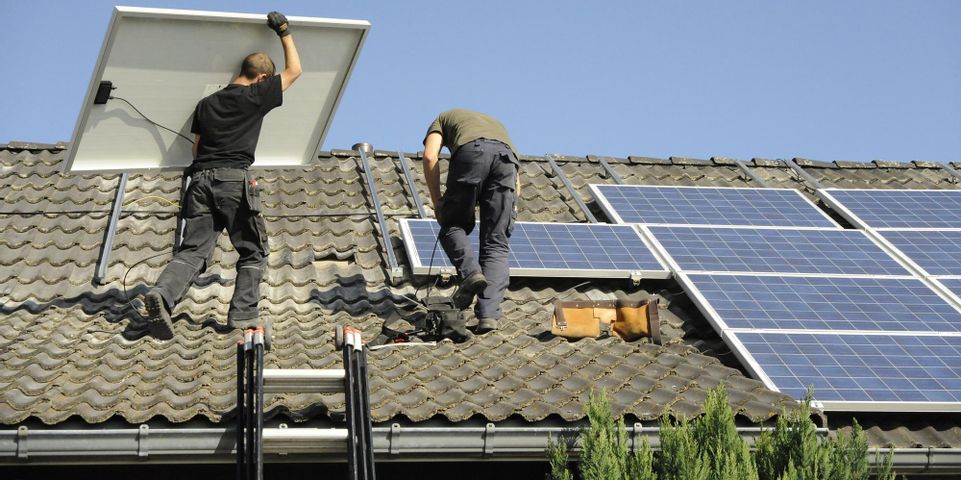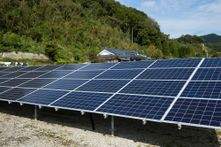
Solar panels are an environment-friendly source of electricity that can help lower energy costs at your home or business. However, there will eventually come a time when you may need to upgrade your existing system for expansion or better efficiency. If this happens, you can hire your original solar installer for a straightforward add-on, but it also pays to do a bit of research on your end. Here’s what you should know about the process.
Why You Need to Expand
There are plenty of reasons for expanding your system, and increased electricity usage is among the most common. Solar panel users tend to increase their energy consumption as they become more complacent in their usage. Others may have expanded their properties, providing extra roof space for mounting additional solar panels. Some homeowners and business owners, on the other hand, choose to start with a conservative system to minimize initial investment cost, gradually expanding the system as they see fit.
What are the Considerations for Upgrading
Energy needs,  panel size, inverter capacity, and space are some factors to consider during an upgrade. Depending on these aspects, you may need to explore other alternatives in expanding your current solar panel array. In an add-on project, ensure that solar panels to be installed are similar to the originals to match power output and efficiency. Consider your inverter and its capacity, as you may need to replace it, invest in a larger-sized one, or switch to microinverters to handle the extra load. Choose a ground-mounted system if you lack the necessary roof space.
panel size, inverter capacity, and space are some factors to consider during an upgrade. Depending on these aspects, you may need to explore other alternatives in expanding your current solar panel array. In an add-on project, ensure that solar panels to be installed are similar to the originals to match power output and efficiency. Consider your inverter and its capacity, as you may need to replace it, invest in a larger-sized one, or switch to microinverters to handle the extra load. Choose a ground-mounted system if you lack the necessary roof space.
How to Upgrade the System
Adding solar panels is fairly simple, as long as there’s enough space with adequate sun exposure and your current system is built to accommodate extra capacity. When expanding the system by a significant amount, consult with your installer first to explore options. They may recommend installing a separate array—including another inverter—if your existing one is too small. Both systems can be combined to handle increased usage. Another approach is investing in microinverters, which convert the current of a single solar panel rather than the whole array. Since they are less expensive than traditional inverters, they can be added to newer, higher capacity panels without affecting the array’s efficiency.
If you’re planning on adding more solar panels to your current array, look no further than Solar Help Hawaii of Honolulu. They have assisted commercial and residential clients throughout the island of Oahu in maintaining efficient solar power systems, offering an unparalleled 5-year warranty on workmanship. Call (808) 548-4357 or visit their website to learn how they can help with alternative energy.
About the Business
Have a question? Ask the experts!
Send your question

